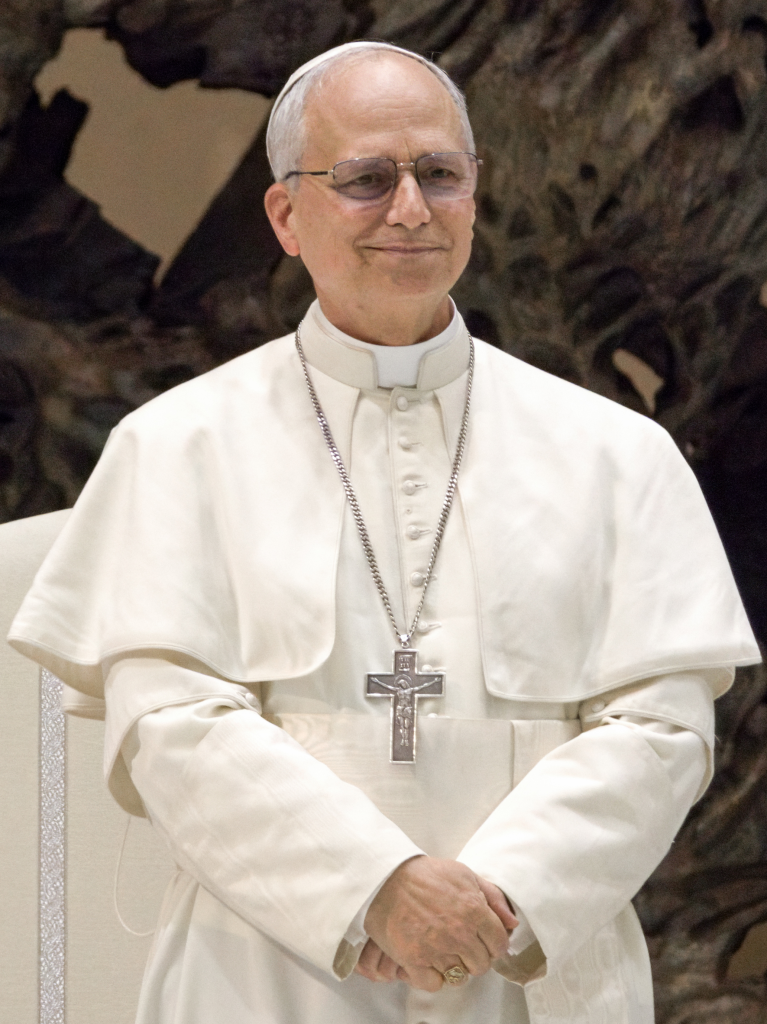
Let us pray to God to put an end to the arms pandemic, big and small, that infects our world.” With those words, Pope Leo XIV spoke to thousands in St. Peter’s Square, his voice urgent and mournful. The Chicago-born pontiff, the first U.S. pope in history, was responding to the devastating school shooting at Annunciation Catholic School in Minneapolis a horror that claimed the lives of two children and injured several others. His appeal was a mixture of sorrow over the dead, a condemnation of the global arms trade, and a new call for peace in conflict areas like Ukraine.
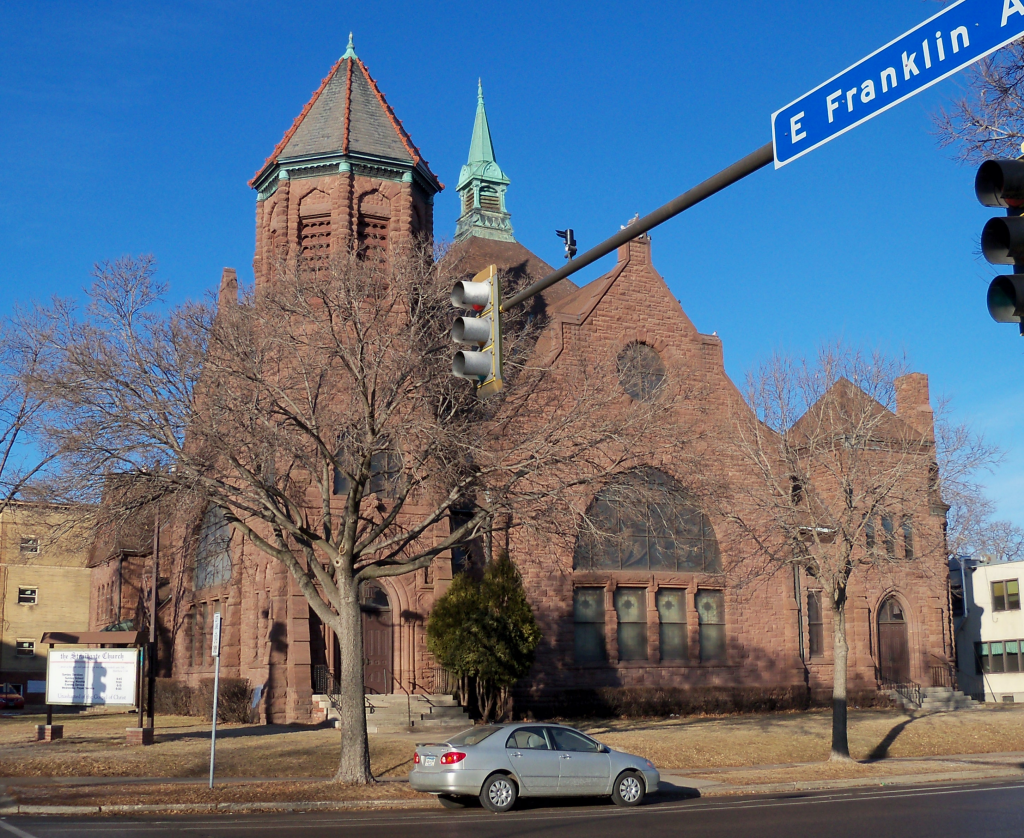
1. A Shattered Community
Kids who showed up for a back-to-school Mass that morning could hardly have imagined that it would be one of terror. The 23-year-old gunman, Robin Westman, fired 116 rounds of rifle ammo into the stained-glass windows at the church, killing eight-year-old Fletcher Merkel and ten-year-old Harper Moyski, and injuring 18 others mostly children. Minneapolis Police Chief Brian O’Hara confirmed that the attack was planned, with notebooks and videos detailing elaborate schemes and hateful messages. Mayor Jacob Frey called it “an unspeakable tragedy” and demanded action “beyond thoughts and prayers.”
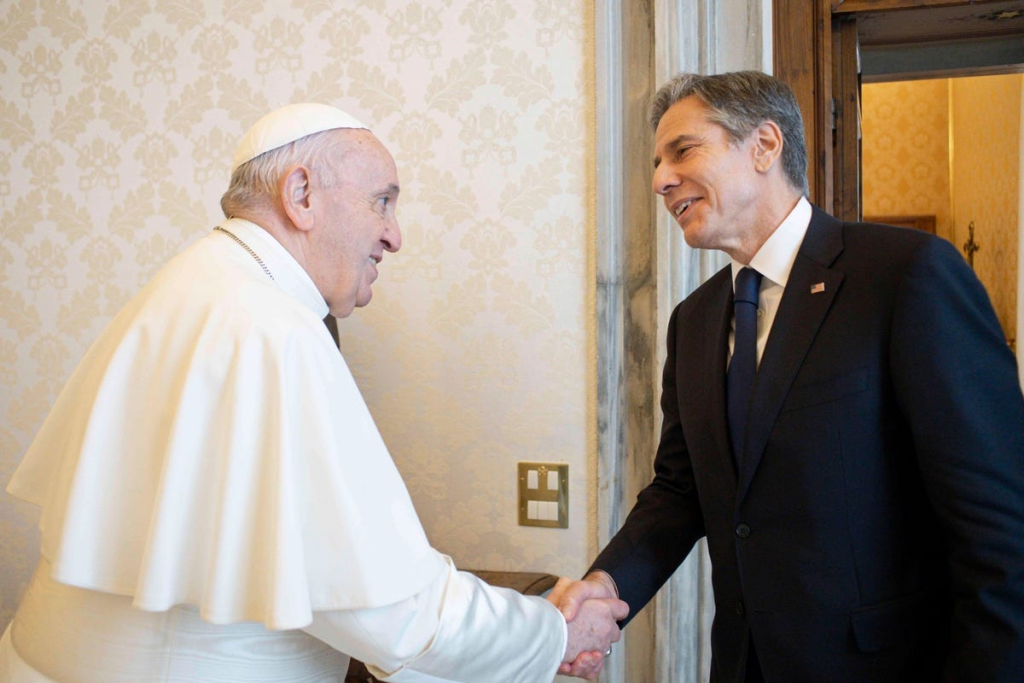
2. The Pope’s Moral Outcry
After initial praying condolences by telegram, Pope Leo’s Sunday sermon became a vigorous moral announcement. “The voice of weapons must be stilled, and the voice of fraternity and justice raised,” he declared, connecting the Minnesota shooting to the world’s larger “logic of weapons” fueling wars everywhere. His call echoed decades of papal advocacy against arms proliferation, from Pope John XXIII’s plea to ban nuclear weapons to Pope Francis’ denunciation of gun manufacturers as “merchants of death.”
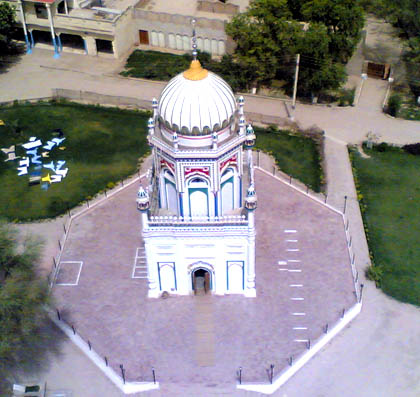
3. Faith Communities on the Front Lines
Faith communities throughout the U.S. have been both the target of and the responders to gun violence for a long time. They conduct funerals, offer counseling, and build safe havens for mourning families. Others also lead advocacy efforts calling for background checks, safe storage laws, and bans on high-capacity magazines. At least 84 percent of Americans who belong to a religious community, as studies show, support background checks on all gun purchases. Faith leaders see this position as sacred duty. As Imam W. Deen Shareef would put it, “I am required to promote, preserve and protect the peace.”
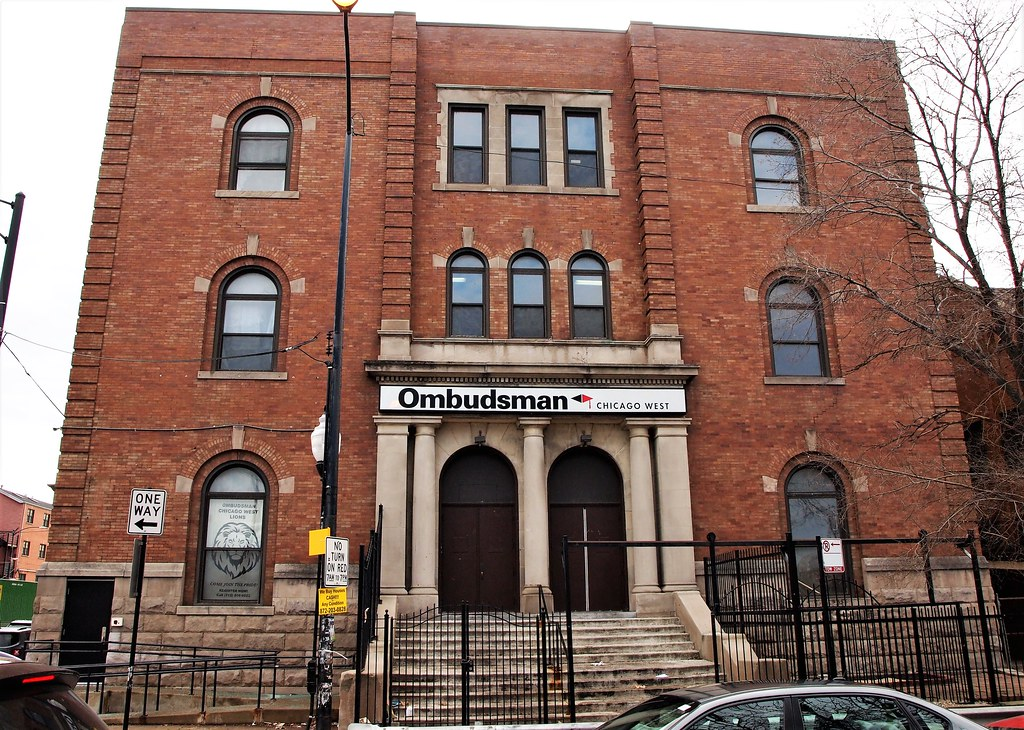
4. Healing Through Action
In Baltimore, a gun buyback took place at the parish of Father Mike Murphy, and 362 firearms were surrendered to be melted down. In Chicago, Precious Blood Ministry of Reconciliation offers trauma-informed care and restorative justice services for victims of violence. All such initiatives, rooted in compassion, address not just the symptoms but the root causes poverty, trauma, and structural injustices.

5. The Church’s Position on Civilian Firearms
While occasionally minimized in public debate, the Catholic Church has a clear position: private ownership of guns must be strongly limited and ultimately eliminated. The 2000 statement of the American bishops “Responsibility, Rehabilitation and Restoration” supports strong regulation, especially to prevent children from being permitted to use them without adult supervision. Vatican spokesmen note that in true democracies, defense of the country is a duty reserved for authorities and not private citizens.
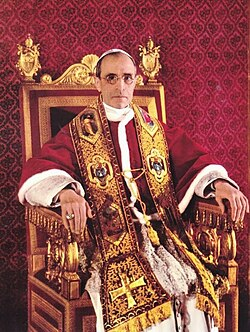
6. A Legacy of Papal Peace Advocacy
From Pius XII’s post–World War II warnings to Paul VI’s cry of “No more war, war never again!” at the United Nations, successive popes have linked disarmament to human dignity and global development. John Paul II tied true security to justice and ethical renewal, while Benedict XVI decried rising military expenditures amid global poverty. Pope Francis has called investing in arms “madness,” urging that resources be directed toward life-affirming causes.
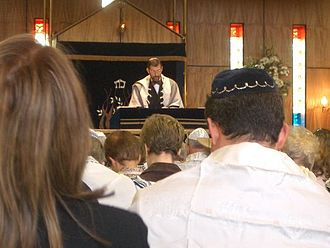
7. Faith-Based Policy Influence
Groups like the LIVE FREE Campaign and the Religious Action Center of Reform Judaism have been successful in lobbying to increase violence intervention program funding. Catholic sisters, through efforts like Nuns Against Gun Violence, engage in prayer, lobbying, and shareholder action calling on gun manufacturers to include safety features and responsible marketing guidelines.
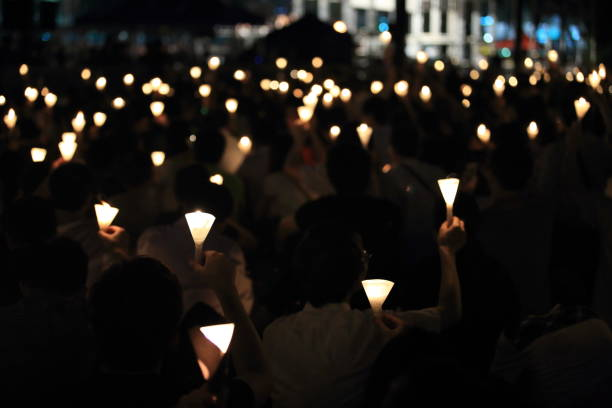
8. Mourning as a Form of Witness
Prayer vigils, art, and public memorials become action. Artist Christine Ilewski-Huelsmann’s “Faces Not Forgotten” quilts display the faces of young victims of gun violence, inviting viewers to think about the human cost. In Minneapolis, Principal Matt DeBoer called out the community to “pray with our feet” and take tangible steps so that such disasters don’t happen again.
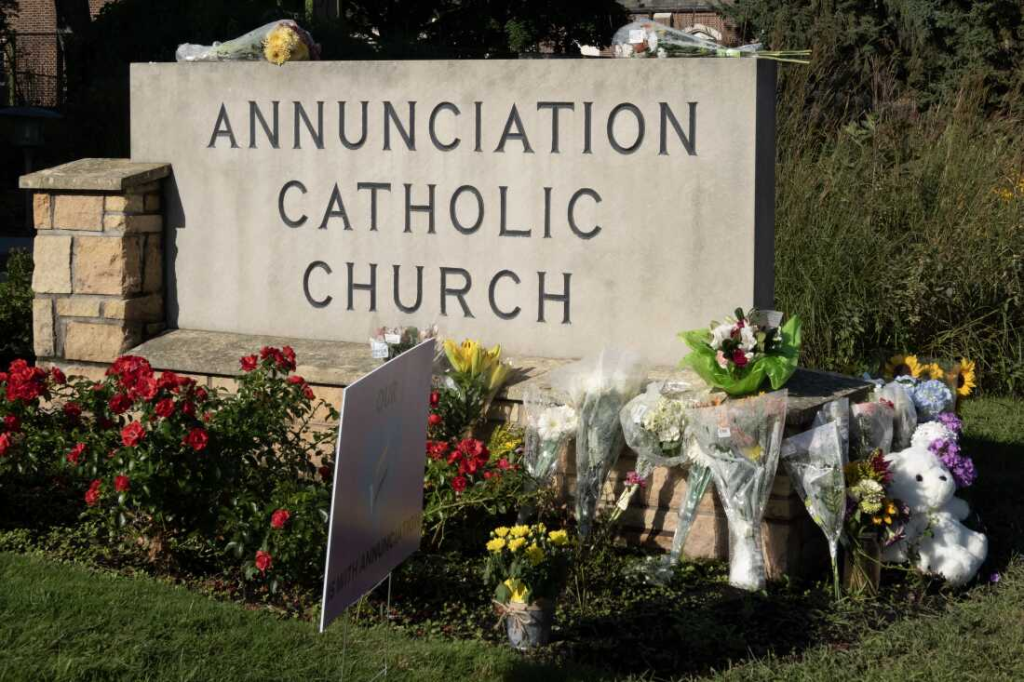
The Pope’s appeal after the Minnesota shooting was not a complaint but a call to reject the normalization of violence, to confront the “pandemic of arms,” and to build a culture in which peace is fought as much as life itself. After such tragedy, faith communities, lawmakers, and citizens are being summoned to act, not just to recall Fletcher and Harper, but to ensure their stories do not become a repeat.


